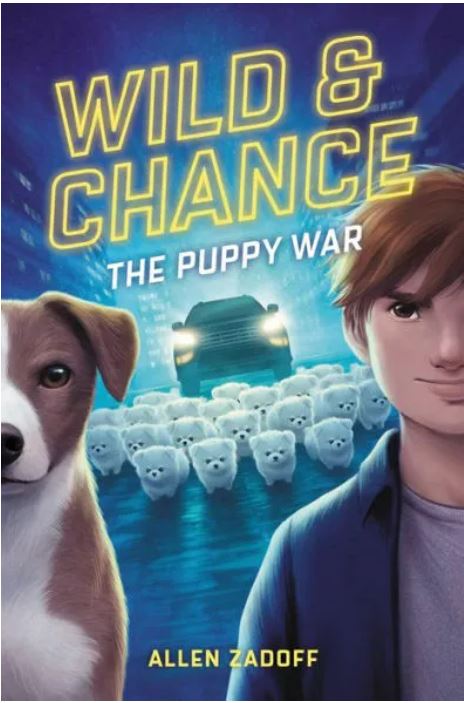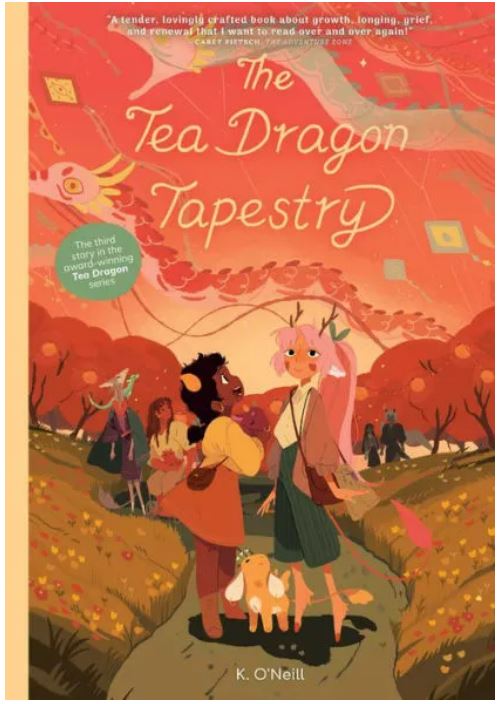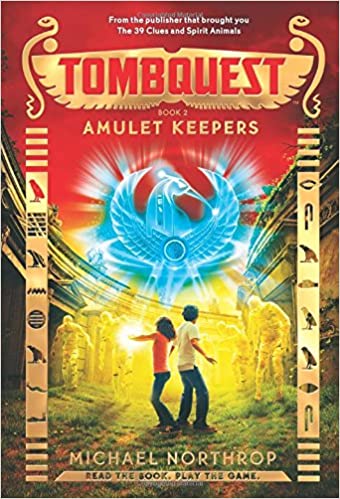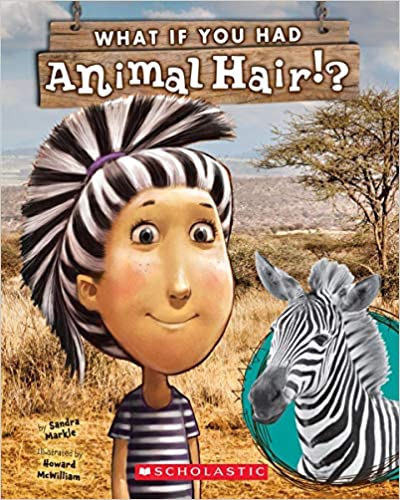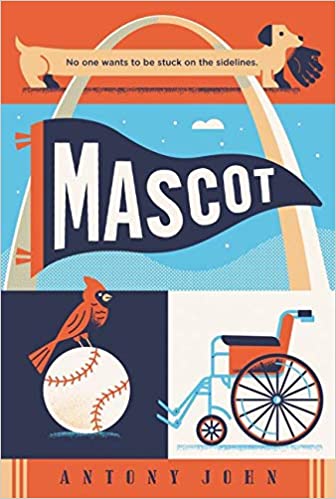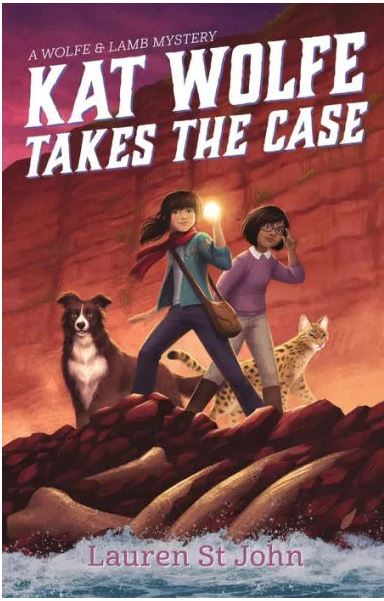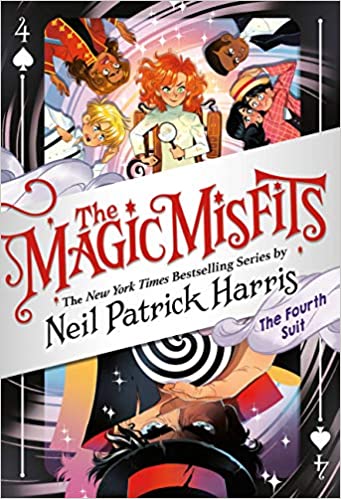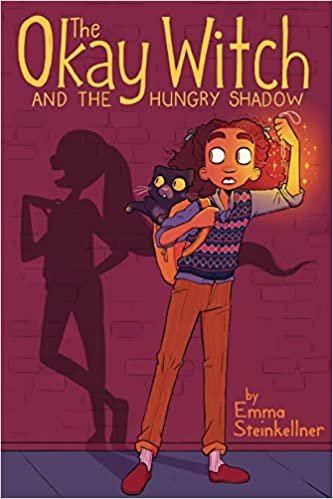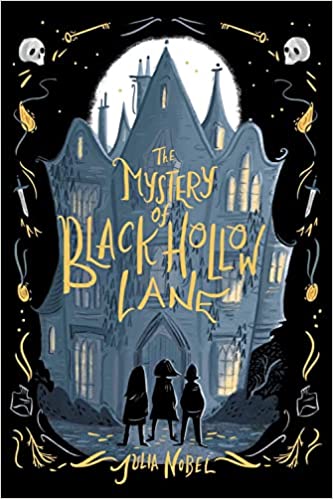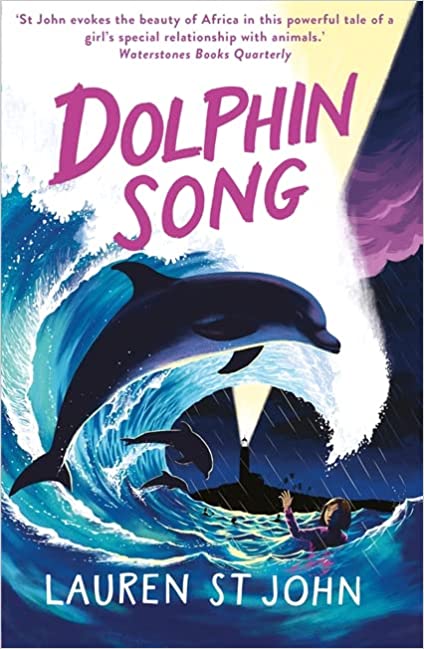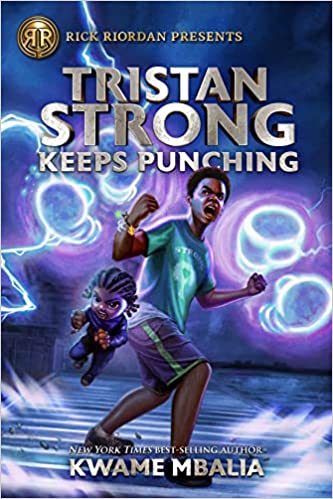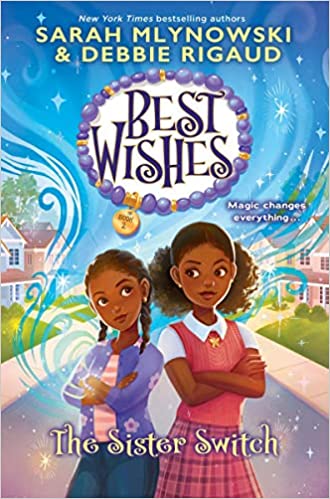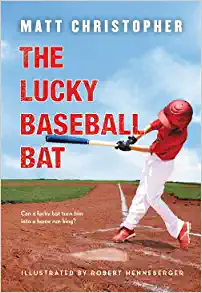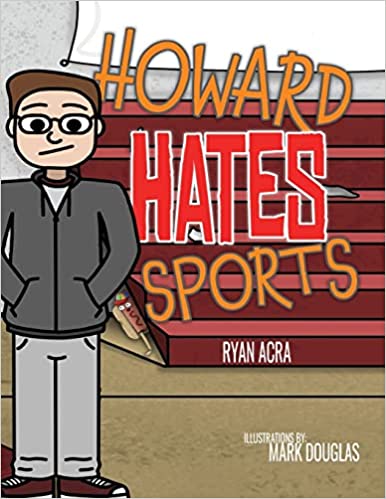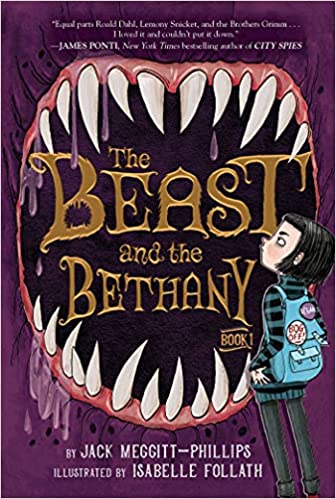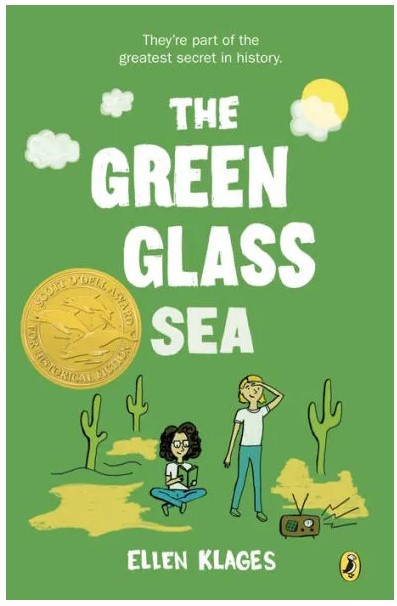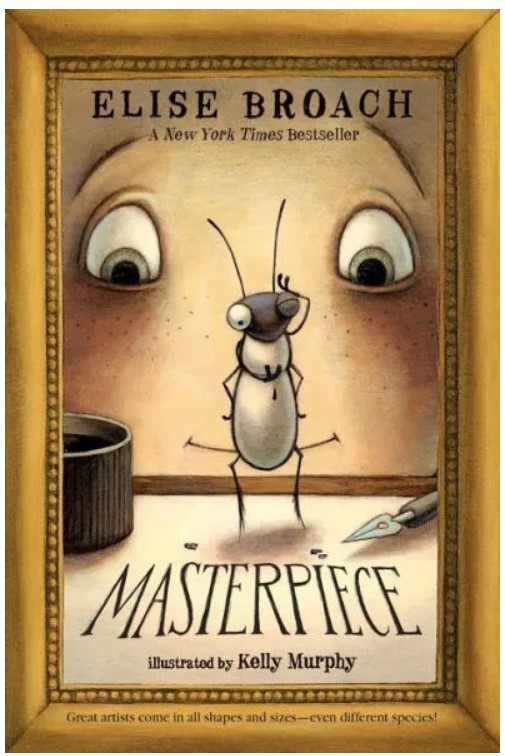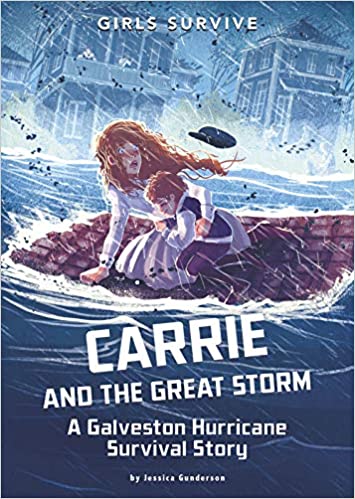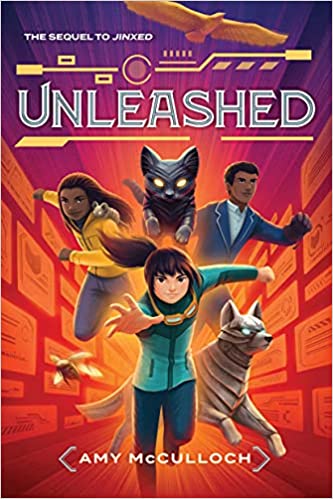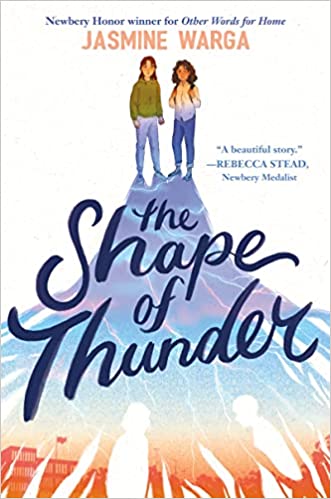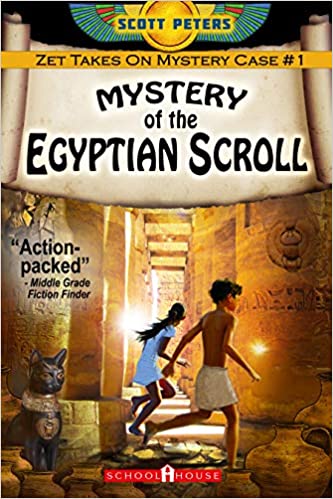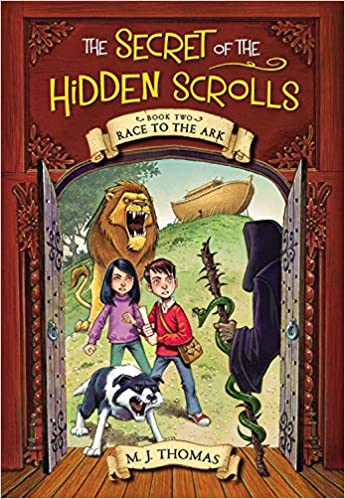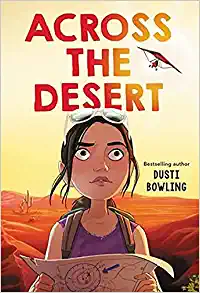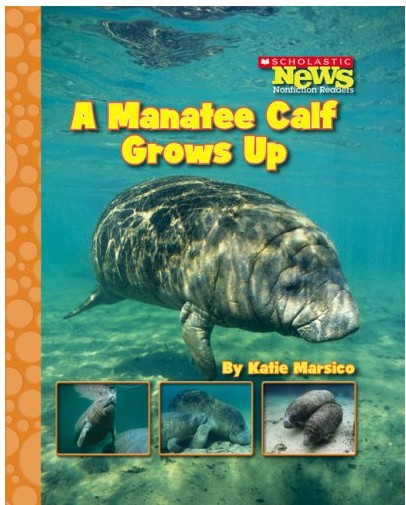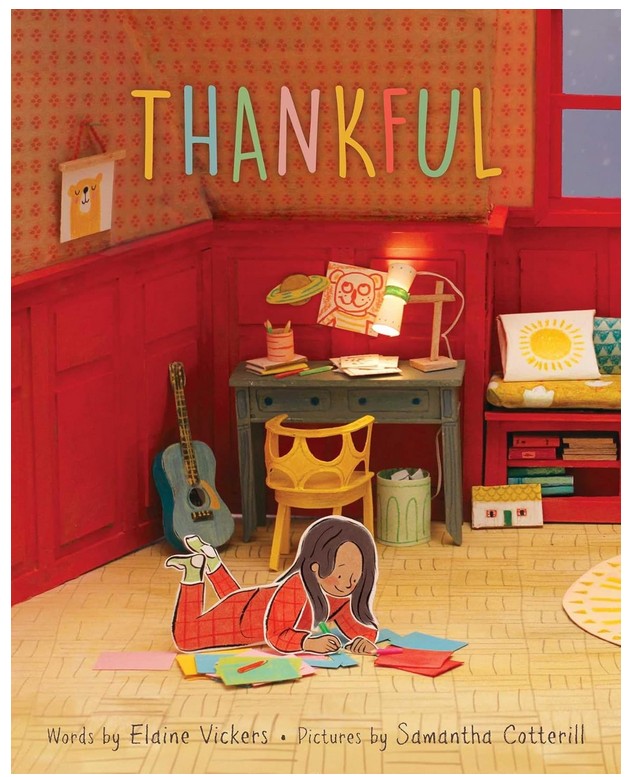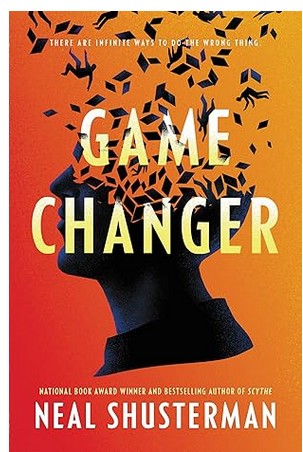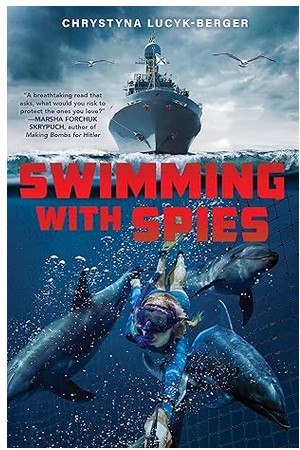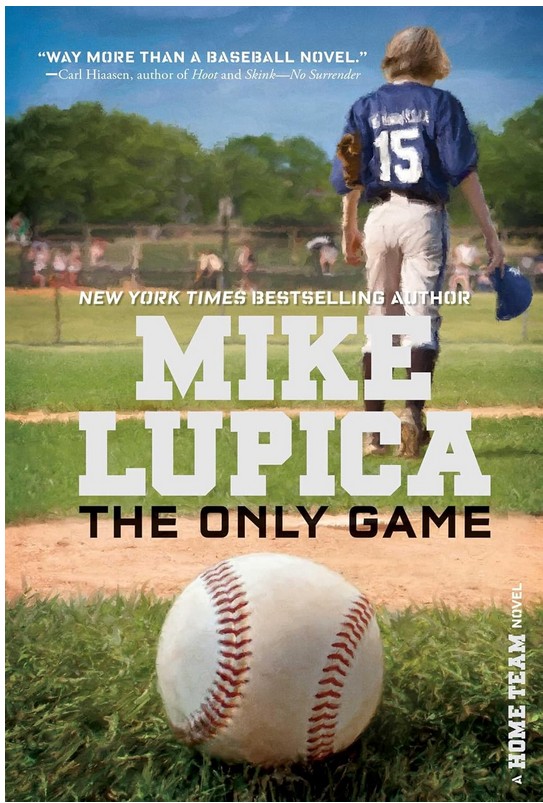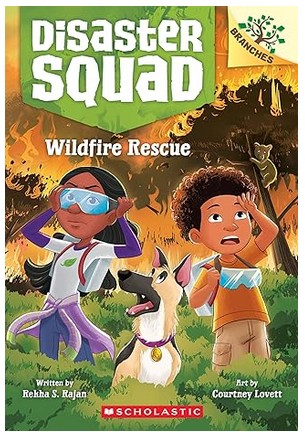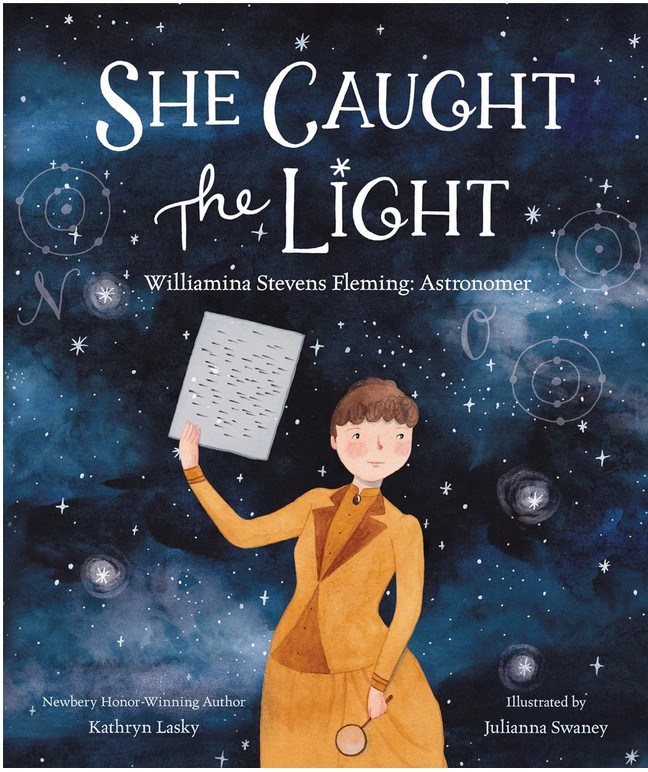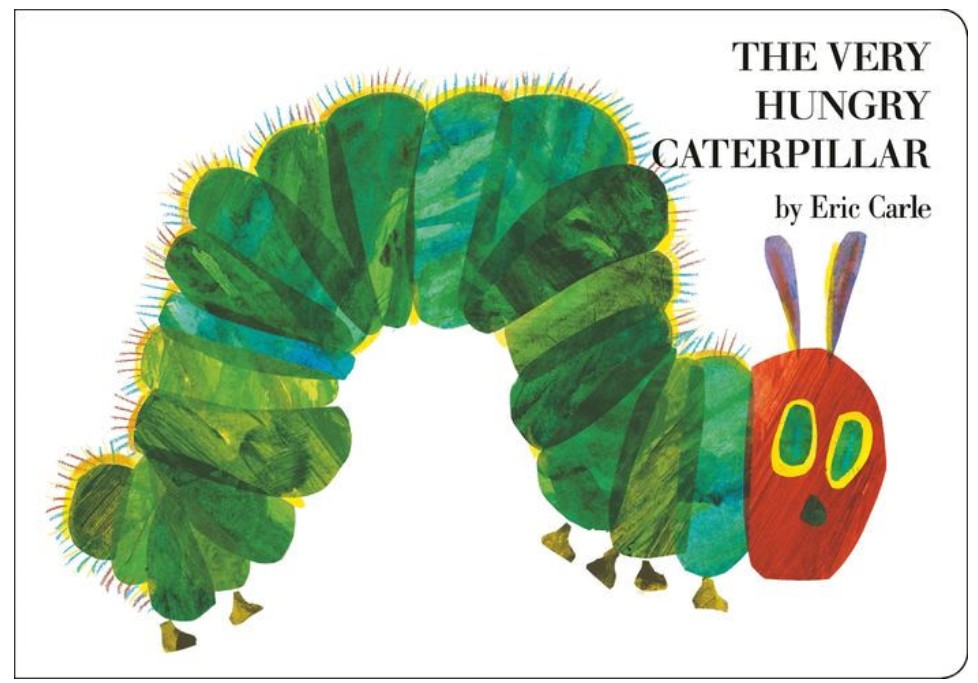Wild has been on the run—jumping from one family to the next—ever since she left Chance almost a year ago. But when a mysterious canine corporation, C.A.T., abducts her and threatens to hurt Chance, she will stop at nothing to escape and find her old friend.
Together again, Wild and Chance must enlist the help of Junebug to hack into C.A.T.’s computer to discover what they really want. Along the way, the group is reunited with an old friend and introduced to the Puppio puppies, which are love-at-first-sight cute, with massive eyes, and smell like apple pie. Yet even though they look cute on the outside, Wild is convinced everything isn’t as it seems.
When Wild finds out a shocking discovery about her past, she must decide who is more important to protect—her past, her best friend, or the greater Los Angeles area that is in incredible Puppio danger.
The second installment in the Wild & Chance Series has just as many heart-stopping moments as the first book. However, in this installment, Wild isn’t sure who the real threat is. Is it the Russian men in suits that tried to dognap him, or is it Dr. Pao the woman who invented the technology that created Wild? Unlike the previous book, Wild, Chance, and Junebug aren’t working together. Instead, the three have gone their separate ways, leaving Wild to find out what the puppy war is all about.
Readers will fall in love with Wild, who wants to protect her friends. However, when she realizes that Dr. Pao has used her DNA to create puppies, Wild is torn between protecting her children or protecting the humans she loves. To make matters even more difficult, Chance is given one of Dr. Pao’s genetically altered puppies, and the two instantly bond. Wild must use her stealth to discover Dr. Pao’s real reason for creating the puppies.
The Puppy War uses the unique perspective of Wild to create a suspenseful story that is also full of heart. The story combines intense chase scenes, friendship difficulties, and two separate groups who want to make Wild their property. Plus, an old nemesis appears and showcases that dogs (and people) can change for the better. However, the true gem of the story is the relationship between Wild and her two human friends, Chance and Junebug.
While The Puppy War is a solid story, the conclusion is rushed and unrealistic. In order to allow room for a third book, Zadoff leaves several threads untied which is frustrating. Despite this, The Puppy War uses a unique concept that will have readers on the edge of their seats—and contemplating the ethics behind manipulating DNA. Dog-loving readers who want to view life through a heroic dog’s point of view should also read the Pawtriot Dogs Series by Samuel P. Fortsch and the Hero Series by Jennifer Li Shotz. If you’re in the mood for a less serious, humorous dog series, check out Two Dogs in a Trench Coat by Julie Falatko.
Sexual Content
- None
Violence
- After being kidnapped, Wild wakes up in an airplane. In order to escape, Wild knocks a man off his feet. “I seize the opportunity to dart toward the skinny man, avoiding his attempt to kick me by biting down on his arm. He howls in pain and tries to get away from me, but I clamp harder.”
- Wild drags the man out of the flying plane. “A second later we’re falling into open air, my jaws firmly attached to the skinny man’s arm.” The man tries to detach Wild from his arm, but Wild twists and “bite[s] down on his calf.” As the two fall, the man deploys a parachute. When they land, the man “is alive and breathing, but it looks like he’s going to be out for a while.”
- Men go to Chance’s home with the intent to kidnap him. Wild jumps out and “I hit the first man like a bowling ball, sending him careening into his friend, the two of them stumbling into the wall. . . I land and spin in place, instantly jumping towards the third man. I kick him in the throat and he falls, breathless and clutching his chest.”
- The men in suits find Wild and Chance again. Wild sees “one of the men in suits coming toward us, a can of knockout spray in his hands. . . I roar and leap at the man, knocking the can from his hands and striking him dead center in the chest.” They escape.
- The men in suits drag Chance, Wild, and Junebug into a car. In order to get Wild to talk, “the man puts a hand on Chance’s shoulder, squeezing in a claw motion. Chance grits his teeth against the pain as the man’s fingers turn white with effort.”
- Someone drives a vehicle into the men in suits’ SUV. Wild hears “brakes screaming around us and the sound of multiple crashes.” Wild sees one of the men “stumbling out of the car, a trickle of blood on his forehead where he injured himself during the crash.”
- During a training exercise, Wild attacks several men. “I leap from the sidewalk into the first man’s chest, knocking him back into his friend . . . I snatch his paint leg, ripping it with my teeth and knocking him to the ground.”
- Two puppies, Sebastian and Scarlett, get into a fight. “Sebastian tries to dominate her, two paws slapping down hard on Scarlett’s face. Her head bounces off the floor with a crack.” Wild stops the fight.
- An animal control officer tries to capture Wild. “Suddenly, a Taser hits me, the electric shock passing down my spine and through my nerves. My muscles contract and release in rapid succession, freezing me in place. . . A needle goes under my skin. It burns when the injection goes in and the tranquilizer enters my bloodstream.” Wild wakes up in a cage.
- The head of the puppy project, Dr. Pao, orders her men to euthanize Wild. When Wild wakes up, she’s on a medical table. Wild kicks “the medical tray to the floor, then I use a paw to whip off my muzzle.” One of the men goes for a weapon and Wild races “toward him, vaulting over the table and smashing his head into the side of the cabinet . . . He groans and goes down, unconscious.” The other man passes out from fright and Wild escapes.
- On the puppy release day, Dr. Pao holds Junebug and Chance as hostages. Wild confronts Dr. Pao and then Wild “leap[s] at her from across the room, smashing against her chest and sending the two of us sprawling backward.” A struggle ensues and is stopped when the men in suits take Dr. Pao away. It is unclear who the men work for.
Drugs and Alcohol
- Men kidnap Wild and drug him with something that makes him go to sleep.
- Wild and Chance go to a secret Ukrainian hangout spot where Wild smells “food, combined with alcohol.”
Language
- None
Supernatural
- None
Spiritual Content
- None
